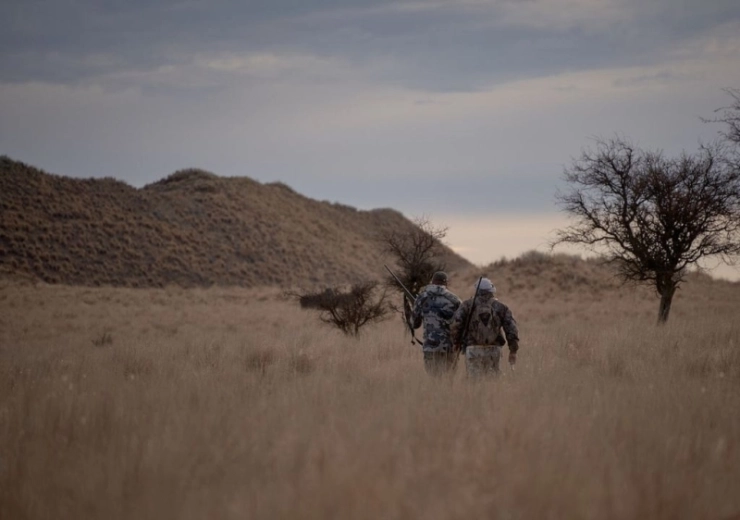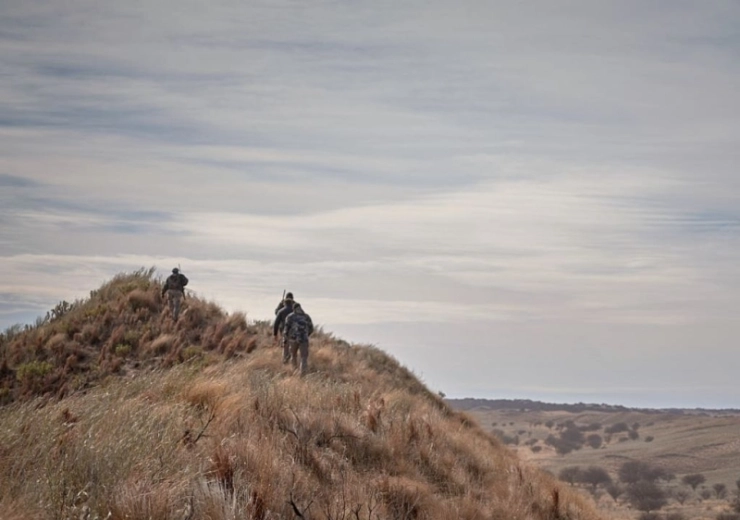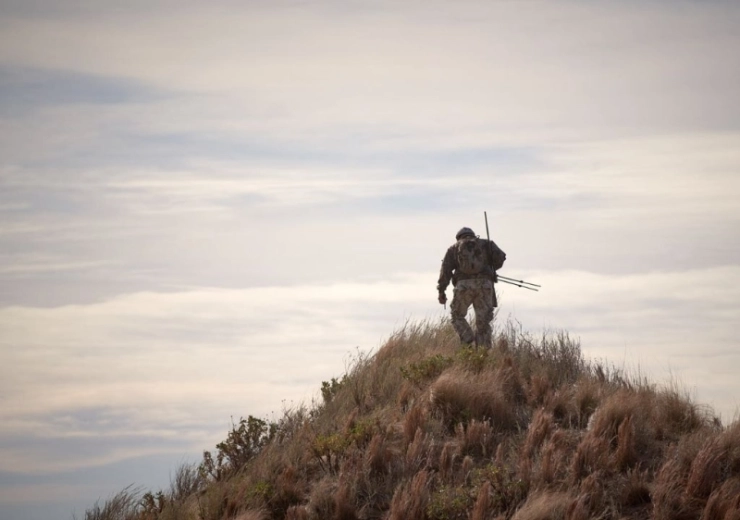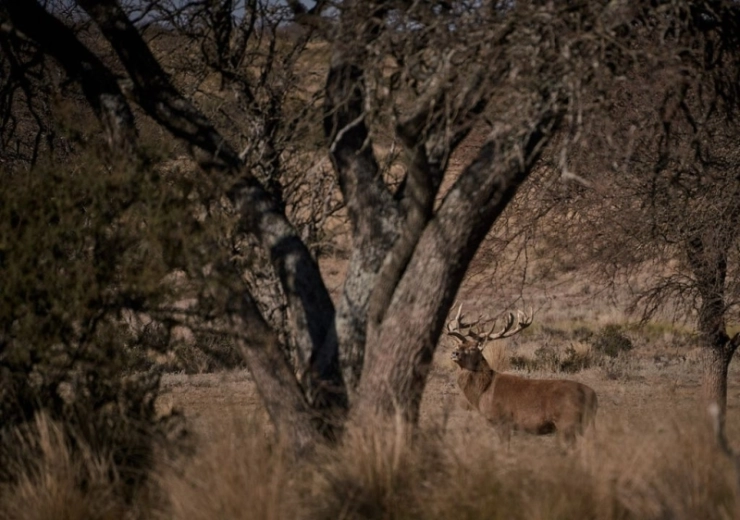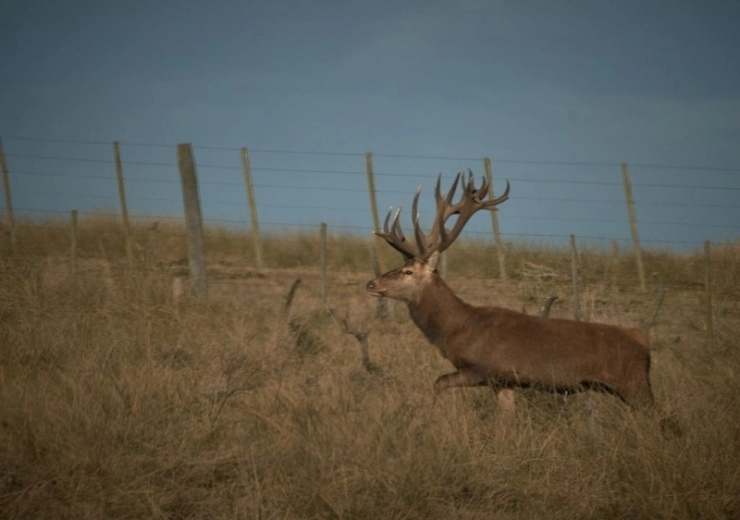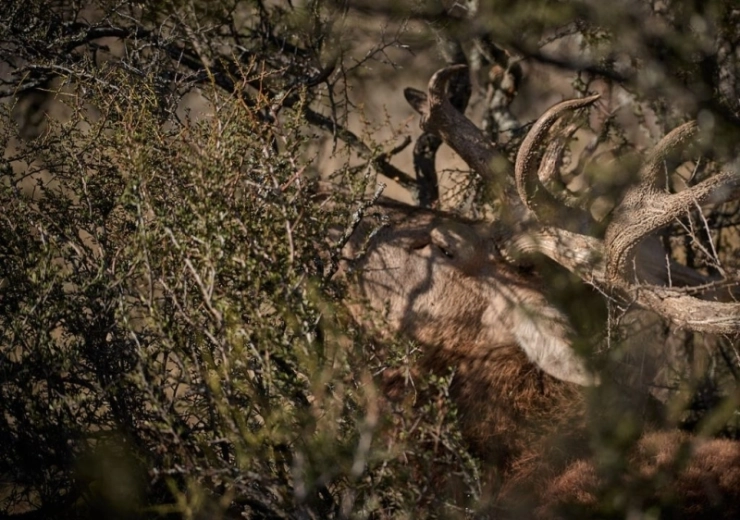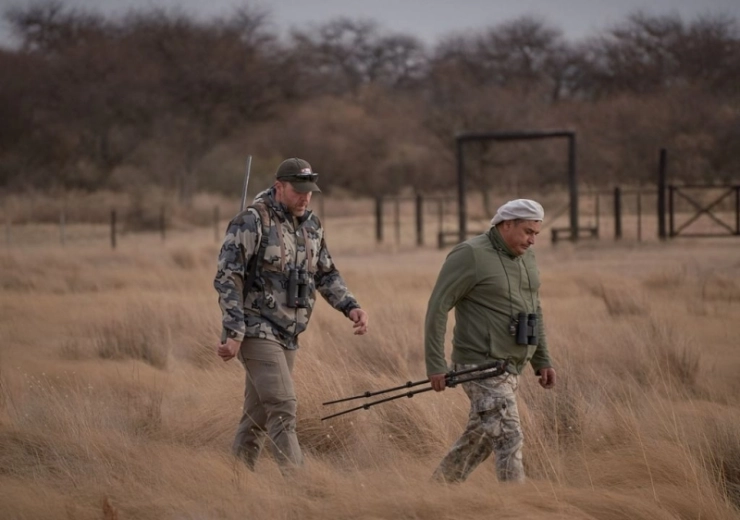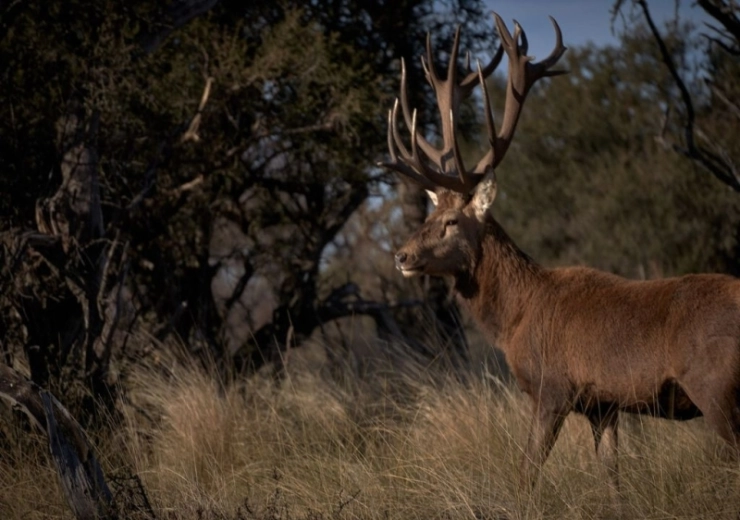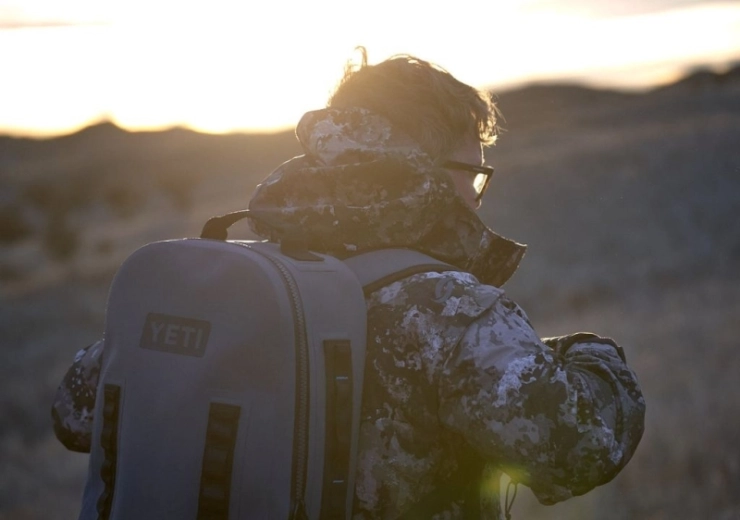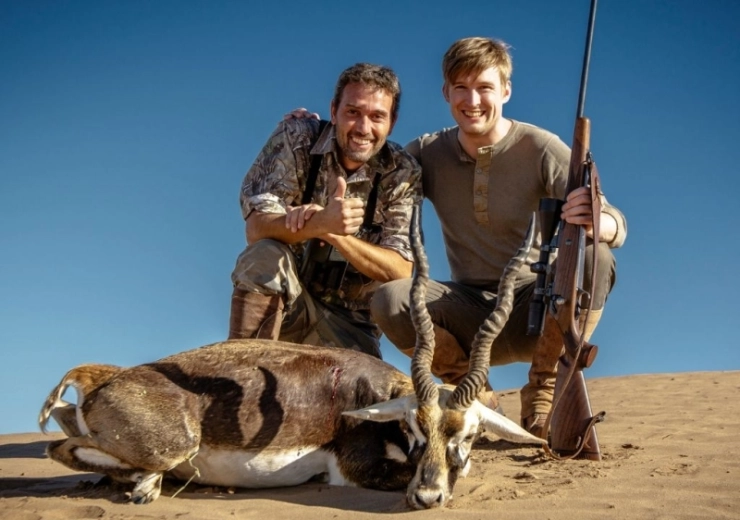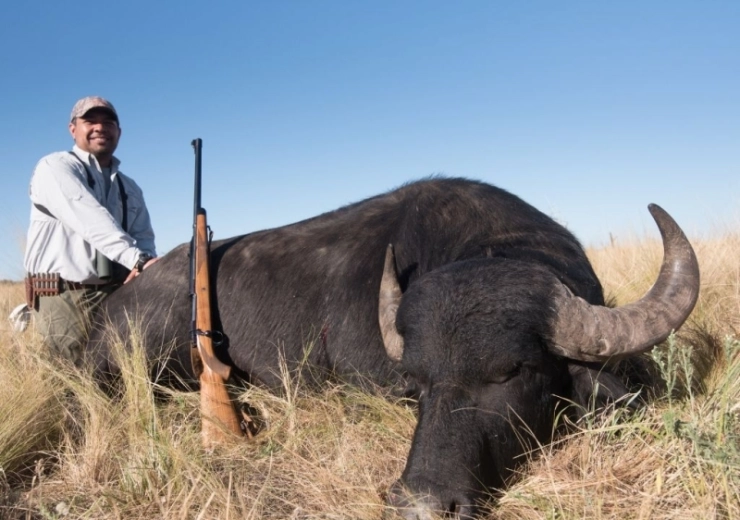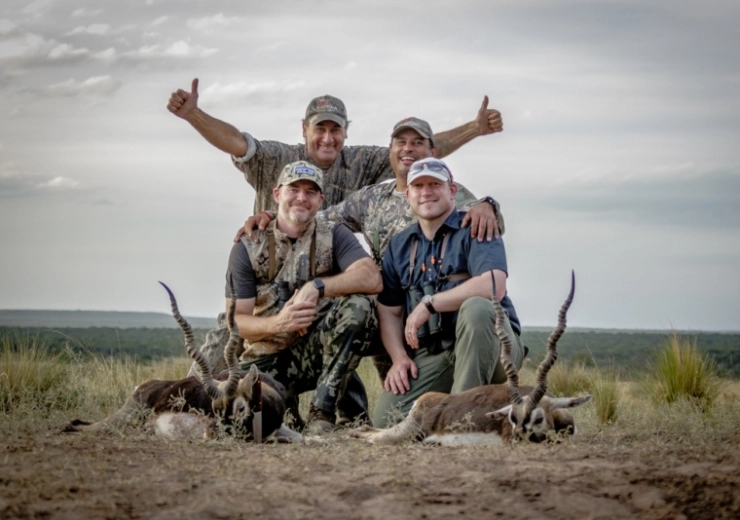NEWS & REPORTS
The Shadow of the Beast
In the vast and untamed heart of Patagonia, where the land stretches endlessly beneath an ever-expanding sky, a group of seasoned hunters embarks on what they believe to be a routine hunt for wild boar.
The windswept plains and rolling hills of this southernmost land are home to a dangerous and elusive creature: the wild boar. Known for its strength, ferocity, and intelligence, the boar has long dominated this unforgiving terrain. But, this group of friends, bound by a love of the outdoors and a desire to challenge themselves, is determined to take down the mighty beast.
The region’s rugged beauty, stark and wild, seems to hold secrets beneath every rock and bush. The hunt begins early in the day, as the group sets out across the vast meseta, the desolate steppe that seems to stretch endlessly toward the horizon. They are led by an experienced local guide, someone who knows the land as if it were an extension of his own body. The land may look barren at first glance, but the deeper one looks, the more it reveals—hidden tracks of boars, faint signs of their movements, and clues left behind in the shifting sands. The wilderness, while silent, is alive with subtle clues, and the group learns to read it with the sharpness of hunters who have been in these lands before.
The wild boar is not merely a target—it is a challenge, a creature that has survived by its wits and its strength. As the group tracks it through dense thickets and across open fields, they encounter obstacles that test their limits: the wind changes direction unexpectedly, making the boar’s scent harder to detect; the terrain grows more treacherous, forcing the hunters to navigate through craggy ravines and marshy grounds. As the hours pass, the group grows increasingly aware of the harsh realities of the hunt. The boar is not simply an animal to be hunted—its strength and agility make it an adversary that demands respect, forcing the group to rely on their skills, patience, and connection to the land.
What began as a hunt for an animal soon transforms into a deeper, more personal journey. The boar, with its raw power and primal instincts, represents something larger than itself. It symbolizes the untamed forces of nature that coexist with the hunters in this vast wilderness. As the group moves through the land, they begin to realize that they are not just tracking an animal—they are reconnecting with something far older than their civilization, an ancient rhythm that pulses through the land, through the animals, and through them.
In the distance, the shadows of the Andes mountains rise against the sky, their jagged peaks a constant reminder of the harshness and beauty of Patagonia. The group’s movements become more deliberate as they reach the heart of the wilderness, a hidden ravine where the boar is thought to reside. Here, the hunters feel the weight of the land pressing against them, the silence palpable, broken only by the distant calls of birds of prey. They are fully immersed in the landscape, their senses heightened, their minds sharp with focus.
The moment of confrontation finally arrives. After hours of tracking and waiting, the boar emerges from the thicket. It stands tall, its dark eyes gleaming with defiance, its body a symbol of strength and resilience. For a brief moment, there is a stillness, a moment when time seems to stop, and the hunters face the creature that has eluded them for so long. The boar snorts, its breath visible in the cold air, and then it charges, its powerful form rushing toward the group. The chase is on.
But as the pursuit intensifies, something unexpected happens. The boar is not merely an adversary to be conquered—it becomes a mirror. It reflects the wildness within the hunters, drawing them out of their comfort zones and into a raw, untamed connection with nature. With each step, each breath, they realize that the real test is not the boar itself, but the way they confront their own instincts and fears. They begin to see that the true battle lies not in capturing the beast but in understanding and respecting it. The wild boar represents a force of nature that cannot be tamed, only respected.
As the sun begins to set behind the distant peaks, casting long shadows over the plains, the group reflects on the hunt. They have not captured the boar, but they have captured something far more meaningful: a deeper understanding of themselves and their place in the world. They have come face to face with the primal forces of nature, forces that cannot be controlled, but must be honored. The boar, with its fierce independence and survival instincts, has taught them a valuable lesson about the delicate balance between humanity and the wild.
That night, as the group gathers around the fire, they share stories of the hunt, their voices blending with the crackling of the flames. There is laughter, camaraderie, and a shared sense of accomplishment—not because they have killed the boar, but because they have encountered something far more significant. They have encountered the wild, and in doing so, they have discovered a respect for the land and its creatures that will stay with them forever.
“The Shadow of the Beast” is not just a tale of hunting; it is a journey of self-discovery, a story about understanding the raw, untamed beauty of the world around them and recognizing the power that resides in nature and in themselves. It is a story of respect, not just for the animals, but for the land that sustains them, and for the instincts that connect all living beings in the circle of life. This hunt, which began as a simple challenge, has become a profound experience—a reminder of the wild that still exists within the heart of every man, woman, and creature in the world.
29/04/2025

